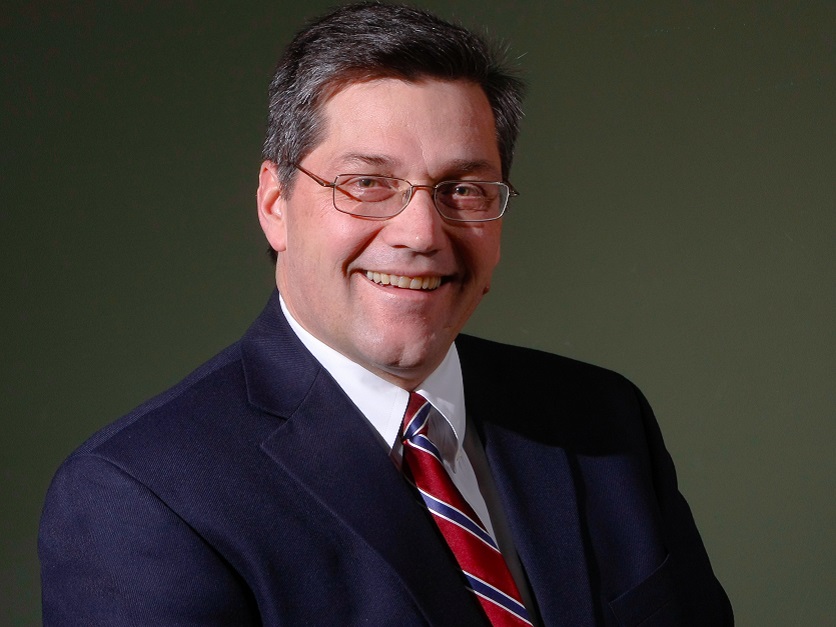Maybe it’s just my crystal ball that’s a little cloudy, but I think the future of CSP is a bit unclear as we move toward the next farm bill. And I have mixed feelings about that.
But one thing I am certain of. Now is the time for anyone who’s been seriously thinking about applying for the current Conservation Stewardship Program to sign up. Producers must get their applications in by March 2 to meet the Natural Resources Conservation Service deadline for this year. Don’t wait—or you could be too late. A number of signs point to potential changes.
First is President Trump’s proposed budget. Although appropriations often differ significantly from proposed budgets, the recent 2019 budget proposal eliminates funding for CSP. So did the 2018 proposal. The Administration is sending a clear signal that it prefers to invest agricultural conservation funds in other programs instead. So now is the time to sign up since there’s no guarantee the program will be funded in the future.
Or it may change significantly or even fall by the wayside. In a few weeks, the House likely will begin marking up its version of the 2018 Farm Bill. And one of the current hot rumors is that their proposal will combine CSP and EQIP (Environmental Quality Incentives Program). Further Senator Tom Harkin who championed CSP has retired. This makes CSP’s future even more uncertain.
While EQIP has always been known as the “fix-it” program, CSP sought to encourage farmers and ranchers who had implemented exemplary conservation efforts to maintain them and continue improving their stewardship of their land. CSP was designed to recognize those dedicated to leaving the land in better shape than they found it when they began farming.
I was Chief of NRCS when CSP was initially developed, and I believed it was a good idea. Rewarding those who continue to excel in protecting and enhancing the environment is an approach that I think benefits both producers and taxpayers. Apparently many landowners welcomed the opportunity to expand and increase their conservation efforts, making CSP the largest working lands conservation program, now covering 70 million acres. EQIP has also grown, as NRCS spent a record $1.1 billion on EQIP conservation projects in 2017.
While I have supported CSP, I am concerned that the program increasingly seems bogged down with a growing list of rules and regulations that make it difficult for everyone to comprehend and access. I know part of the trouble is the need to address issues raised by internal USDA audits to ensure the funds are well spent.
When I was in Iowa recently talking with farmers, agricultural opinion leaders and USDA folks, I heard concerns that CSP is hard to understand and complicated to apply for. Even an NRCS staffer admitted he found the program difficult to explain to farmers and had some questions himself. In contrast, EQIP is more user-friendly for farmers and easier to administer for NRCS staff.
At first, I was opposed to the idea of combining CSP and EQIP. But I’ve decided to keep an open mind, listening and learning about the challenges CSP faces and how it might be improved. After all, it’s what gets done on the land the matters, not the name or structure of the program. If a new, combined program maintains the management enhancements of CSP with the easier implementation of EQIP, this may be a reasonable reform. We will see what happens as the House make its draft bill public.
At the same time, I am strongly recommending that anyone interested in today’s version of CSP head to NRCS to apply right away while the program is still available.
About the author: Bruce I. Knight, Principal, Strategic Conservation Solutions, was the Under Secretary for Marketing and Regulatory Programs at the U.S. Department of Agriculture (USDA) from 2006 to 2009. From 2002 to 2006, Knight served as chief of Natural Resources Conservation Service.

